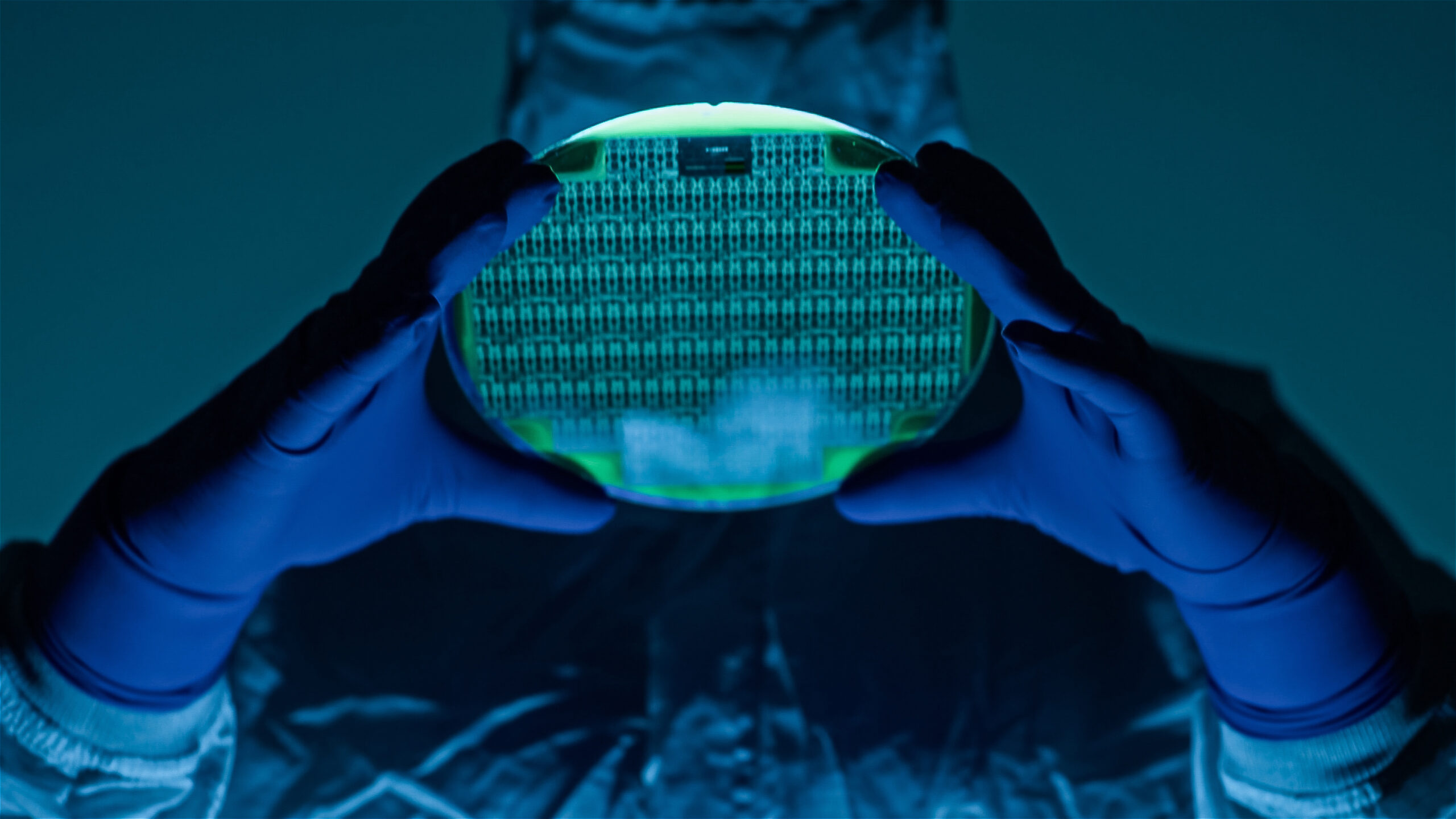
Stewart Coulter is the chief technologist for the FAST Labs™ organization, the research and development (R&D) arm of Electronic Systems. He leads technology strategy and innovation impact with a focus on accelerating the transition of new solutions from the lab to production. His prior roles at BAE Systems include chief engineer and director of business development. Stewart came to BAE Systems from DEKA – a small research and development firm where he led the creation, maturation, and launch of a diverse set of medical and robotics projects.
Stewart has been awarded more than 25 patents for robotic, prosthetic, and energy system innovations and holds mechanical engineering degrees from Stanford (B.S.) and Georgia Tech (M.S. and Ph.D.).
We sat down and talked to Stewart about defense industry innovation and research and development technology transition.
You are the FAST Labs Chief Technologist; can you tell us what that role entails?
Stewart: FAST Labs is the research and development arm of Electronic Systems, working closely with organizations like DARPA (the Defense Advanced Research Projects Agency) to develop cutting-edge technology. My focus is on maximizing the positive impact for the warfighter by prioritizing technology research that aligns with customer needs and developing transition paths for these technologies from proof-of-concept science to no-kidding capabilities.
At FAST Labs, we create disruptive technology, not just for today or tomorrow, but for the next five to 15 years. We’re often solving problems that others haven’t considered yet.
One of my current priorities is defining the next version of our tech strategy, emphasizing prioritization to ensure our scientists make the greatest positive impact. We can’t do everything, so our strategy must focus on key areas and keep us on track. This involves creating alignment from early-stage R&D to deliverable solutions that meet customer needs, which requires strong communication between our business areas and customers.
We also leave room for our team to be creative, ask questions, and discover new areas of science and engineering, even if the use case isn’t clear today. This is critical to how we continue to be disruptive and innovative. We work on projects that may not have a clear transition path, but if they succeed, they could be game changers.
Can you talk about the importance of technology transitions?
Stewart: Our goal is to bring leap-ahead capabilities to the warfighter by developing, maturing, and transitioning new technologies quickly.
We aren’t doing research for the sake of research – we’re doing it for the impact it can have. That impact occurs when we transition really cool science into products.
This isn’t easy – R&D projects are all about pushing the envelope, so not everything is going to work or maybe not the first time or for the purpose we expected. That’s okay. That experimentation and exploration is how we create the future.
Success isn’t about achieving a 100 percent transition rate at the end of technology development. You need to identify and establish a transition path early in the development lifecycle – this ensures you can build and plan for a steady stream of new tech. To do this, we create tools and make the process more gradual, with a blended team working together.
With the need to explore, we try new things and see what happens. If everything we try works, we’re not stretching far enough. Part of my job is to guide the science and technology and product teams to work together to get the best of both worlds. It can’t be a hand-off. We really need – and get – the strengths of both teams working together.
What is unique about technology R&D and product delivery in a DoD environment?
Stewart: I’ve been fortunate enough in my career to work in several different industries – from automotive, to medical products, to commercial – and what makes defense R&D unique is the incredible alignment with the customer on the ultimate goal of our efforts. When we have breakthrough technology, we want to get it to the warfighter as soon as possible to help make them safer and give them an operational advantage. There is no better mission.
Another critical difference from commercial technologies, where making a differentiating competitive product is often the goal, is that in defense, we all work together to improve current systems and the capabilities they provide. This is about making sure the problem gets solved. Being able to collaborate with, and leverage, the great work done by other companies, both defense-focused and more commercially focused, is really energizing.
What are some of the innovations that have come out of FAST Labs?
Stewart: Many of the early R&D successes we have had in the FAST Labs organization get integrated into systems that are so consequential we can’t talk about them.
That being said, our FAST Labs organization has a long history of developing technologies in several areas. We develop mission-specific and custom-developed microelectronics that are the basis of many of today’s electronic warfare suites. We also develop exquisite autonomy capabilities and combined hardware and software systems that bring multiple advances together to provide a differential capability in a variety of applications.
What does FAST Labs do in microelectronics and why they are important?
Stewart: Our microelectronics work is a great example of how process improvements enable advanced innovation.
We’re evolving our approach to microelectronics with a newly formed product line within our FAST Labs organization. This streamlined structure bridges the gap between research, development, and production, enabling us to deliver cutting-edge microelectronic products to both internal and external customers.
Building on decades of leadership in mission-critical microelectronics, we’ve invested tens of millions of dollars in updated equipment and facilities. Our focus is on creating advanced, customized systems that leverage commercial technology and making it ready for application in the defense market. Microelectronics are the backbone of our critical electronic technology, and we’re committed to staying agile and efficient to serve our customers.
As a key enabler for our technology priorities, including electronic warfare, autonomy, and cyber technologies, our microelectronics capabilities will drive innovation and growth. By creating a robust ecosystem, supply chain, and internal organization, we’re poised to make a significant impact in the defense industry and beyond.
What is next in defense R&D?
Stewart: We will continue to see an emphasis on creating solutions that are better, faster, lighter, and require less power. Doing more with less is still a driving factor.
At the same time, we have to develop these solutions as fast as possible. We are focused on cost and time-effective research and development to get new technology and capability to the warfighter at the speed of need. To do that, we are looking to leverage commercial technologies, non-traditional partners, and innovative ways of working with our customers to continue increasing the velocity of our innovation.
Not just innovation but also transitioning to deployment. We are seeing many of the U.S. Department of Defense organizations place a greater importance on transition. R&D is great, but creating a path to fielding products to better equip our warfighters is the ultimate goal. “We Protect Those Who Protect Us®” isn’t just a BAE Systems mission statement, it is why we are all here.
For us at FAST Labs, you will continue to see us laser-focused on a number of highly strategic efforts that enable full-spectrum dominance, multi-domain electronic warfare, and persistent battlespace awareness.
To that end, you’ll see us focusing on customized defense, industry-specific microelectronics. Be it radar, communications, electronic warfare, autonomy, precision munitions or other applications, what they all have in common is the need for cutting-edge microelectronics. We have a long history in developing and investing in the latest technology for these components and have no plans to stop any time soon.



